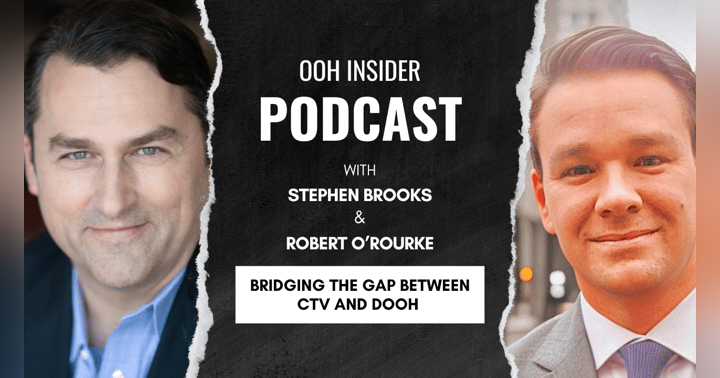Out-of-home (OOH) advertising has been an effective way for brands to reach a wide audience and create awareness for a long time. From billboards and transit ads to digital screens in public spaces, OOH has the power to capture attention and leave a lasting impression. However, the biggest challenge that marketers often face is quantifying the impact of their OOH campaigns. Unlike digital advertising, where data is readily available via pretty dashboards, determining the effectiveness of OOH ads has traditionally been a difficult task.
But with the advent of exposure data, measuring the impact of OOH advertising is becoming more feasible. Exposure data provides valuable insights into how many people have been exposed to an OOH ad, how long they were exposed to it, and even their demographics. By leveraging this data, marketers can gain a deeper understanding of their OOH campaigns' reach and effectiveness.
What is exposure data?
Exposure data refers to the information collected about individuals who have been exposed to an OOH ad. This data is typically obtained through various means, such as mobile location data, GPS tracking, or even facial recognition technology. By analyzing this data, marketers can determine the number of impressions their ads have generated, the frequency of exposure, and the audience demographics.
Benefits of exposure data in measuring OOH impact
-
Reach and frequency: Exposure data allows marketers to accurately measure the reach and frequency of their OOH campaigns. By knowing how many people have been exposed to an ad and how many times they have seen it, marketers can understand the potential reach of their campaigns and make informed decisions about ad placement and frequency.
-
Audience segmentation: Exposure data can provide valuable insights into the demographics of the audience exposed to an OOH ad. Marketers can determine the age, gender, and other demographic characteristics of the audience, allowing for better targeting and more relevant messaging.
-
Attribution: Attribution is a key challenge in OOH advertising. Exposure data can help marketers understand the impact of their OOH campaigns on consumer behavior and sales. By analyzing exposure data alongside other data sources, such as sales data or website traffic, marketers can attribute specific actions to their OOH ads, providing a clearer picture of their effectiveness.
-
Optimization: Exposure data can also be used to optimize OOH campaigns in real time. Marketers can track the performance of their ads and make adjustments based on the data insights. For example, if a specific location or time of day is generating higher impressions, marketers can allocate more resources to those areas to maximize their impact.
Challenges and considerations
While exposure data offers exciting opportunities for measuring the impact of OOH advertising, there are a few challenges and considerations to keep in mind:
-
Privacy concerns: Collecting exposure data raises privacy concerns, as it involves tracking individuals' movements and behaviors. Marketers must ensure that they comply with privacy regulations and obtain the necessary consent from individuals.
-
Data accuracy: The accuracy of exposure data can vary depending on the data collection methods used. Marketers should work with trusted partners and validate the data to ensure its reliability.
-
Integration with other data sources: To get a comprehensive view of the impact of OOH ads (by market, by format), exposure data should be integrated with other data sources, such as sales data or website analytics. This integration can be complex and requires careful data analysis and interpretation.
-
Attribution challenges: While exposure data can provide valuable insights, attributing specific actions to OOH ads can still be challenging. It is important to consider other factors that may influence consumer behavior and analyze the data holistically.
Conclusion
Exposure data is revolutionizing the way marketers measure the impact of OOH advertising. By leveraging this data, marketers can gain valuable insights into the reach, frequency, and effectiveness of their OOH campaigns. With improved measurement capabilities, marketers can make data-driven decisions, optimize their campaigns, and ultimately drive better results. However, it is important to navigate the challenges associated with data privacy, accuracy, and attribution to ensure the ethical and effective use of exposure data. With the right approach, exposure data can unlock the true potential of OOH advertising and help brands crack the code to success.


